To those wearing white one week longer,
The great Brian Distelberg, a PhD candidate in history at Yale, returns today to these pages. In case you missed it, check out his musings on Connecticut. And check out his own website, where he writes about his research, contemporary politics and culture, and LGBT issues.
The Boy Scouts of America (BSA) turns 100 this year, and as Katherine Q. Seelye recently observed in the New York Times, the anniversary finds the Scouts facing “a host of issues”: plummeting membership (from a 1973 peak of 4.8 million to 2.8 million now), an $18.5 million jury verdict stemming from a sexual abuse case, and ongoing challenges to its exclusion of atheists, gay people, and girls under 13.
Given that I currently fall into two of these three categories, it’s not surprising that I often felt a bit ill-at-ease during the eight years I spent as a Cub Scout and a Boy Scout. But memories of that youthful discomfort now feed my curiosity about the remarkably under-examined place the Scouts have historically occupied in American society and popular mythology, and encourage me to look skeptically on the sort of fuzzy ahistoricism that prompted Seelye to declare that the Scouts were “long an icon of wholesomeness in a simpler America.” As Michael Rosenthal wrote in his 1986 study of the Boy Scouts in Britain, “immunity from critical scrutiny has left Scouting almost entirely in the hands of its own historians and publicists, a situation that is not helpful in trying to understand the origins and meaning of any movement.”
Although now a quarter-century old, Rosenthal’s diagnosis remains surprisingly applicable to the case of Scouting in the United States. David Macleod’s social history Building Character in the American Boy: The Boy Scouts, the YMCA, and Their Forerunners, 1870-1920 (1983) examines the Scouts’ Progressive-era origins, and Jay Mechling analyzes a contemporary Scout troop’s summer camp rituals in On My Honor: Boy Scouts and the Making of American Youth (2001). A few unpublished dissertations also cover the organization’s early years. But large swaths of the Boy Scouts’ history, including the wartime and Cold War decades when it enjoyed its greatest popularity, remain largely unexplored—to the detriment of our understanding of American political conservatism, youth culture, suburbanization and recreation, and masculinity and male sexuality, among other topics.
Lack of easy access to BSA organizational records is, of course, a major obstacle. (The National Scouting Museum, which moved to its current Irving, TX, location in 2002, offers few useful exhibits on its website, and researchers must apply, and pay a daily usage fee, to examine to its holdings.) But the digital archive can provide inquiring historians an alternative means of exploring the organization’s place in American society, particularly as revealed through the voluminous print culture produced by and about the Scouts in its century of existence.
The Boy Scout Handbook is probably the best known of these publications. The handbook, which sets out and explains the Scout Oath and Law, describes the requirements to advance from rank to rank, and offers information on subjects from camping to fitness to good citizenship, has passed through twelve editions since 1910. (It carried the title Handbook for Boys until 1959.) Jeff Snowden, scoutmaster of Troop 97 in Fort Collins, Colorado, maintains a detailed online compendium of images of Boy Scout, Scoutmaster, and other Scout handbooks. The images, which accompany Snowden’s study of the handbook’s evolution, reveal telling shifts in the Scouts’ self-presentation and traces of wider social changes.
Around 1950, for instance, the fifth edition’s cover was redrawn reflect the introduction of “overseas caps” —popularized in the U.S. armed forces during World War II—to replace “campaign hats” in the Scout uniform. Scouts of color appear on the back cover in 1965, and on the front in 1972. And since 1990, the covers have shifted from depicting hiking, camping, and fishing to emphasizing more “extreme” outdoor activities, especially whitewater rafting and kayaking. (Troop 97’s website only includes handbook covers; the full text of reprint editions of the 1911 handbook and 1913-1914 scoutmaster handbook are on Google Books.)
Between 1910 and 1930, the early handbook was joined by a flurry of inexpensive juvenile fiction featuring the Scouts. Continue Reading »





















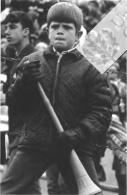


 My first semester in college, in an effort to stymie all academic progress, one of my suitemates unveiled an aging Nintendo console along with a cache of video game cartridges. Mind you, this was 1999, at which point the original Nintendo—a not-very-sexy gray box—was decidedly outdated. It was hardly unusual, for instance, to walk into the common room and find a friend hunched over, blowing into console, then the cartridge, then the console, as though giving
My first semester in college, in an effort to stymie all academic progress, one of my suitemates unveiled an aging Nintendo console along with a cache of video game cartridges. Mind you, this was 1999, at which point the original Nintendo—a not-very-sexy gray box—was decidedly outdated. It was hardly unusual, for instance, to walk into the common room and find a friend hunched over, blowing into console, then the cartridge, then the console, as though giving  mouth to mouth, just to get the damn think working again. Despite these low-tech troubles, however, I think we all felt a nostalgic thrill playing games like Castlevania and Super Mario Bros, sort of like revisiting your old elementary school (“I can’t believe how small everything is!”) Most things I remember from early childhood tend towards the traumatic—my first visit to the hospital, my first day of summer camp—but I can vividly recall the marvel I felt the first time I saw someone play Nintendo. And still I don’t quite understand how that Duck Hunt gun works.
mouth to mouth, just to get the damn think working again. Despite these low-tech troubles, however, I think we all felt a nostalgic thrill playing games like Castlevania and Super Mario Bros, sort of like revisiting your old elementary school (“I can’t believe how small everything is!”) Most things I remember from early childhood tend towards the traumatic—my first visit to the hospital, my first day of summer camp—but I can vividly recall the marvel I felt the first time I saw someone play Nintendo. And still I don’t quite understand how that Duck Hunt gun works.
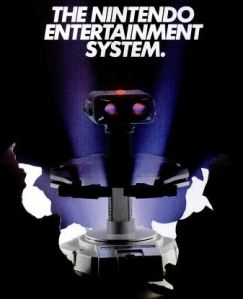

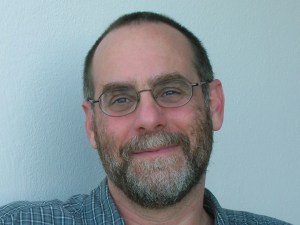 What projects, large or small, academic or non-academic, are you working on now? And/or what projects have you recently completed?
What projects, large or small, academic or non-academic, are you working on now? And/or what projects have you recently completed?

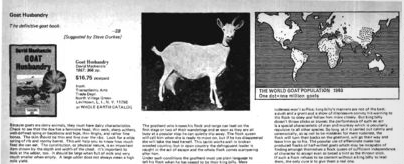

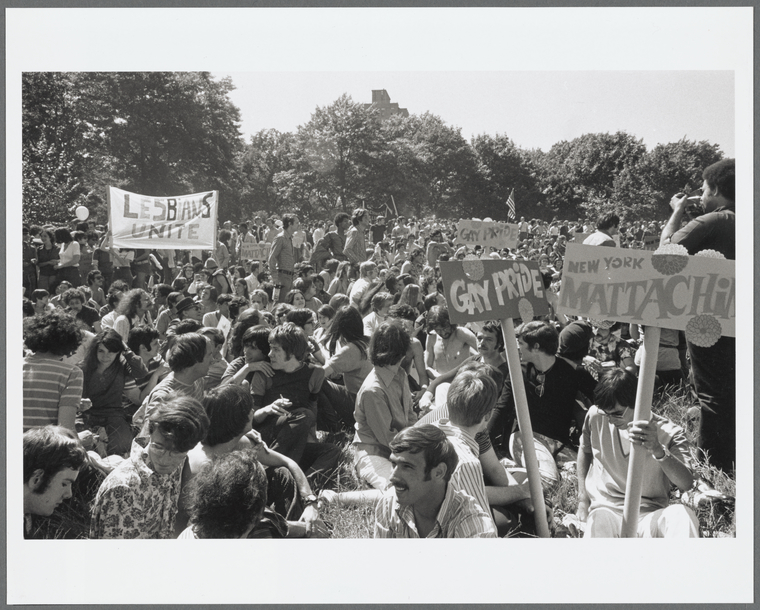


 To view an archive in the making, you should also check out
To view an archive in the making, you should also check out